This is where I have been working this past 2 weeks. The Tablelands are a large plateau located in Gros Morne National Park. the rocks here are serpentinized peridotite..the rocks turn orange as they oxidize. The resulting soil (and I use the term loosely) is toxic to most plants hence the area looks like a moonscape or almost desert-like. However, they do get plenty of rain...enough that pitcher plants grow in the gravel! There is a new pole line going through this area and I had to botanize where each pole was to positioned so that no rare plants were destroyed...and the region does have plenty of rare plants from a Newfoundland perspective. The only drawback was that it was late in the season (Aug 1-14) for many of the plants. Still I'll share a few of those I did see.
You can see in the first pic that the highway passes right along the base of the plateau..this is where the new pole line will be located. the second pic is called Winterhouse Brook Gorge and the third is the snow-melt river that flowers through the gorge.
Comments
Re: The Serpentine Tablelands of Newfoundland
The most common shrubs are Juniperus communis and Larix laricina. many of these are completely prostrate and estimated to be well over 100 years old.
Re: The Serpentine Tablelands of Newfoundland
Potentilla fruticosa is also common...some are upright but many are again prostrate and barely keeping their roots in the ground. The top of the plateau has some gabbro rock and here grew Empetrum eamesii.
Re: The Serpentine Tablelands of Newfoundland
Some of the herbaceous plants....Campanula rotundifolia, Sarracenia purpurea (yes, they grow in gravel!), Sibbaldiopsis tridentata
Re: The Serpentine Tablelands of Newfoundland
A dwarf form of Osmunda regalis, Saxifraga aizoides and Packera paupercula
Re: The Serpentine Tablelands of Newfoundland
some endemics on our serpentine...Cerastium terrae-novae, Solidago uliginosa var. linifolia (aka Solidago purshii) and Aremeria maritima var. labradorica.
Re: The Serpentine Tablelands of Newfoundland
another endemic is Minuartia marcescens. Artemisia borealis is most commonly found on serpentine too. Silene acaulis is opportunistic! Still a lingering bloom or two but the dwarf birch growing in the center may spell the end for this plant.
Re: The Serpentine Tablelands of Newfoundland
What a different and fascinating area! The colours of the landscape, as shown particularly in your second set of photos, are just amazing - the orange (yet with what seems to be a slight greenish tinge) is a great and unusual backdrop to the plants!
It's interesting to see the familiar wide-spread species (Potentilla fruticosa, Larix laricina, Campanula rotundifolia, Sax. aizoides) growing in such a different setting... and so many completely new ones.
Thanks for posting these, Todd - great to see, especially since the Maritimes is really such a distant land from here that so few of us seem to make the journey!
Re. the rare plant survey, and at a time when many things are probably past blooming... Wow, that's where the expert plant ID skills come into play, needless to say!! Impressive and enviable!
Re: The Serpentine Tablelands of Newfoundland
Good stuff Todd! Looking at the scenery, I'd almost swear that I was out in dry Western USA rather than Newfoundland, certainly an education for many of us with preconceived notions of what Newfoundland is all about. Just how dwarf is the dwarf Osmunda regalis? It looks like a real find to me. Many other great looking dwarfed plants in such a rigorous climate!
Re: The Serpentine Tablelands of Newfoundland
Really cool, Todd.
Had it not been for those "telephone poles" in the first pic, I might not have realized the grandiose height of the plateau! Those poles are really tiny...
Not knowing what peridotite is, what makes it toxic, and is it so only if it is oxidized?
Did the pitcher plants catch any bugs? (Rather, are there any bugs to catch?)
I guess I am not surprised that a Sarracenia sp. grows there if there is ample water. Here we have many bog plants that are quite happy in wet sand.
Re: The Serpentine Tablelands of Newfoundland
What an amazing place, Todd: Utterly different form Colorado. I was beginning to think that everything was exotic and acid loving and strange, but when you showed the Armerica, I chuckled: it's the only member of the genus to grow in Colorado, although some class ours as Armeria scabra rather than ssp. labradorica.
Somehow, I don't think the Sarracenia would grow in my gravel garden, which is crispy right now (even the cacti are stressed!)
Re: The Serpentine Tablelands of Newfoundland
Lori you are right on noticing the slight greenish tint...peridotite is indeed green before it oxidizes to the rusty-orange.
Rick, peridotite is high in heavy metals like cadmium, nickel...some others I don't recall. These elements are toxic to many plants. The soil is also high in magnesium so has a basic pH...this is why some of the calcifile natives can survive here. The hills are not really that high....there is about 1000 feet elevation gain from the base to the top of the plateau. But the bleak climate ensures only the toughest plants can survive. Bugs for the pitcher plants is generally not a problem. Thankfully, there was always enough breeze that the flies were actually not that bad....at least I didn't have to use any fly repellent.
Panayoti, some areas of the serpentine are surprisingly dry, however, the Sarracenia grow in seepage areas...the surface may look dry but an inch under the gravel there is unseen running water. Pinguicula and Drosera also grow in these wet gravels.
Re: The Serpentine Tablelands of Newfoundland
What a vey special landscape, Todd! Very interesting and the plants too! Some of them are common here but others you don't find at all.
We have the same mineral serpentine in Norway and the mother mineral olivine (a very important industrial mineral) with a special flora but it is often ecotypes of common plants.
Re: The Serpentine Tablelands of Newfoundland
We have many ecotypes of common plants on our serpentine as well, so we are not all that different in that regards. Seems in the larger scheme of things, Newfoundland and Scandanavia are not that different in regards to the overall flora.

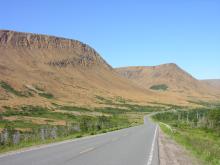
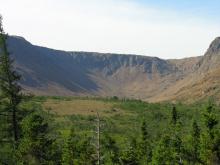
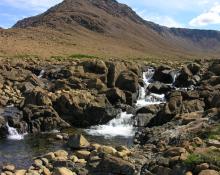
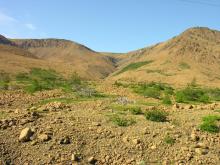


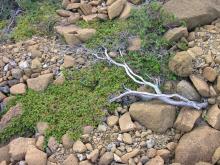
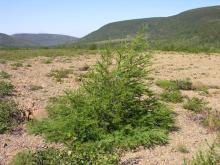

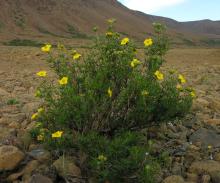
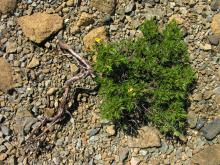
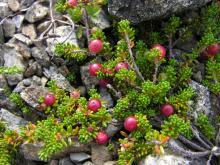
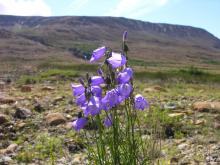

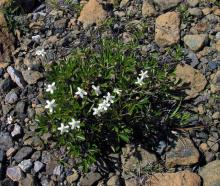
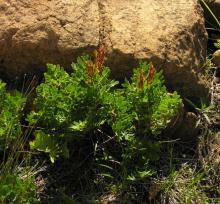
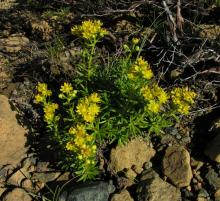
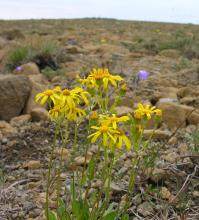
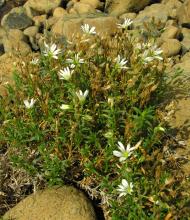

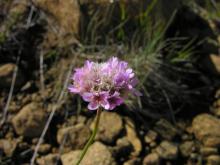
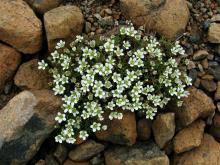

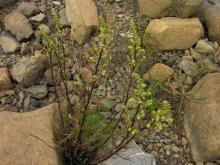
One day I did hike up the gorge to the top of the plateau. Here are some scenes.